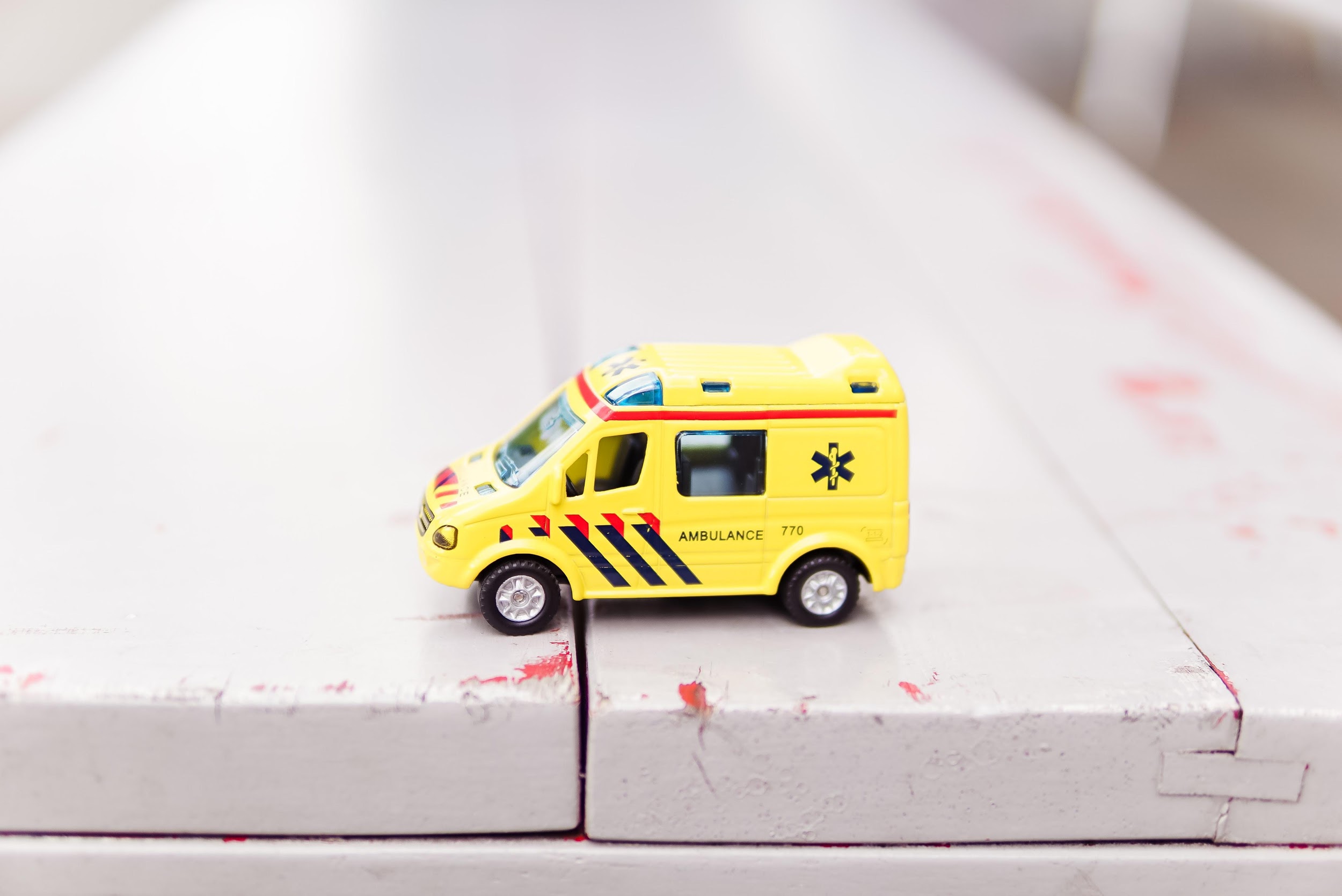People can sustain injuries and pain due to their involvement in a motor vehicle accident or from slipping and falling at home, at their workplace, in a shopping mall, a grocery store, and many other places.
Someone who experiences an emergency that threatens their mobility, health, and well-being should seek immediate medical attention and services.
Transport to an emergency room or an urgent care center by way of an ambulance is available, if necessary.
![]()
A trillion salutes & thanks to COVID-19 troops including all NHS Heroes,Nurses,Porters, Ambulance crew,Admin & Cleaning staff  Carers,Food services,Pharmacy,GP Surgeries
Carers,Food services,Pharmacy,GP Surgeries  Transport staff,Delivery drivers
Transport staff,Delivery drivers  Police,Army,Postmen, Refuse workers,Council team & Volunteers
Police,Army,Postmen, Refuse workers,Council team & Volunteers  Keep safe
Keep safe 

4:02 AM – Apr 19, 2020 · Hammersmith, London
See Cllr Asif Siddique(Sahi)’s other Tweets
An ambulance is full of emergency equipment that enables medical professionals on board to provide adequate care, such as oxygen, defibrillators, intravenous (IV) fluids, medications, stretchers, spine boards, bandages, splints, and more. Paramedics, first responders, or patient transport officers tend to man ambulances.
Ambulance services equip and empower emergency medical technicians (EMTs) to provide necessary, immediate medical treatment to people on the ride to an emergency department.

Someone who is having a difficult time determining if their condition or that of a loved one requires an ambulance and rescue team can call 911, 000, or their local emergency service number for assistance. Medical conditions that aren’t life-threatening or limb-threatening, for instance, such as a sore throat, mild illnesses, or minor injuries, don’t require emergency services but may be eligible for receiving non-emergency transport, if available.
Circumstances in which it’s appropriate to receive an emergency ambulance include life-threatening symptoms such as choking, difficulty breathing, chest pains, or an altered mental status and sudden confusion. The occurrence of signs indicative of a heart attack, a stroke, or a related condition requires an ambulance. Likewise, someone who collapses after falling ill or loses consciousness needs emergency transportation to a medical center.
Acting quickly and appropriately can get people the immediate care services in Staten Island or their place of residence that they need following a medical crisis. Services provided by healthcare experts include general medicine, laboratory services, X-rays, bloodwork, ultrasounds, EKGs and ECGs, and more.
The Australian Government Productivity Commission reported that more than three million incidents occurred that required ambulance services. In 2017 and 2018, there were over four million ambulance services responses given to tend to the needs of an estimated three-and-a-half million patients (2019).
Having ambulance cover is a practical way for Australian residents to protect themselves from the costs they incur when they call an ambulance and receive paramedic treatment. Ambulance transport can cost as much as thousands of dollars.
Ambulance coverage is crucial, as people have no idea when they will experience a medical emergency. Australian residents can obtain ambulance cover through a health insurance provider or from their state ambulance authority. Coverage seekers should keep in mind that Medicare doesn’t include emergency transport and ambulance services.
Additionally, the out-of-pocket costs for ambulance coverage and emergency transport differ by state. Some states and territories have ambulance cover, but others don’t. In Queensland and Tasmania, for example, residents receive emergency services free from the government. People living in Victoria, New South Wales (NSW), the Australian Capital Territory (ACT), the Northern Territory (NT), South Australia (SA), and Western Australia (WA), however, don’t. In some of these states, low-income earners and those living on a pension can receive free ambulance cover from the government. By comparison, others residing in WA, SA, ACT, and Victoria, for instance, have to pay over $900, up to $1,100 or more, on average, for ambulance coverage.
Internet users can compare health insurance with iSelect, an online resource that provides residents with detailed, location-based information about ambulance cover and health insurance. Coverage-seekers can use this site to review their state’s emergency transport costs and concessions, and factors such as ambulance fee co-payments, call-out fees, waiting periods, and more.
The information on iSelect can give people peace of mind that they won’t have to spend thousands of dollars to receive transport to a medical center. The best health insurance can produce the best health outcomes.